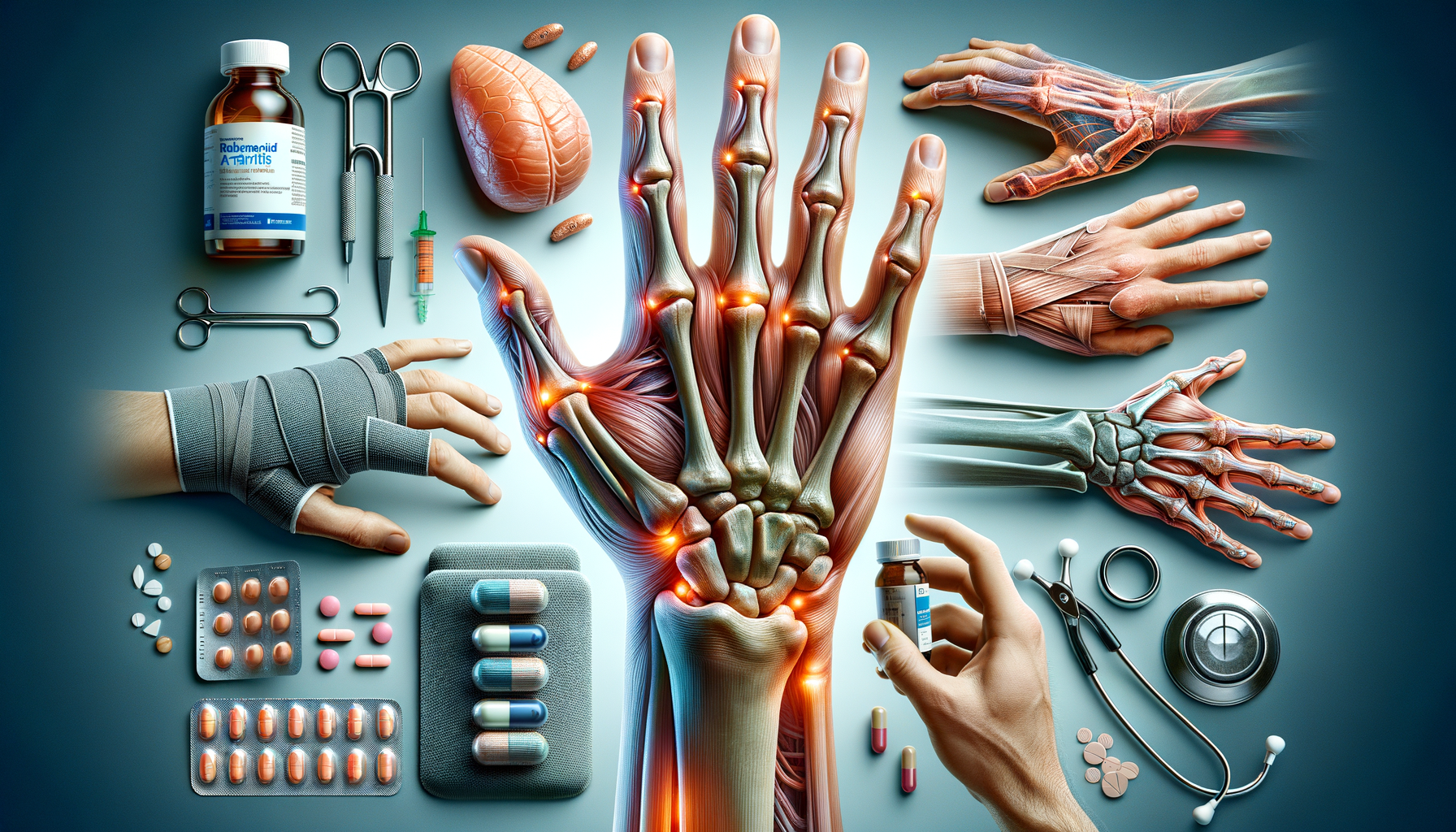Ways to Understand Rheumatoid Arthritis and Hand Pain
Could the source of discomfort in the hands and wrists be linked to an underlying condition? Exploring the relationship between joint pain and systemic processes can illuminate potential explanations. Understanding this connection is a step towards greater awareness of a common inflammatory condition.

Understanding Rheumatoid Arthritis
Rheumatoid Arthritis (RA) is a chronic inflammatory disorder that primarily affects joints. Unlike osteoarthritis, which results from wear and tear, RA is an autoimmune condition where the immune system mistakenly attacks the body’s tissues. The inflammation associated with RA can lead to joint damage and deformities over time.
RA commonly affects joints in the hands, wrists, and knees, causing symptoms such as pain, swelling, stiffness, and loss of joint function. The exact cause of RA is unknown, but it is believed to involve a combination of genetic and environmental factors. Risk factors include age, gender, family history, and smoking.
Diagnosing RA involves a combination of physical examinations, blood tests, and imaging studies. Early diagnosis and treatment are crucial to managing symptoms and preventing joint damage. Treatment options typically include medications, physical therapy, and lifestyle changes designed to reduce inflammation and improve joint function.
The Link Between RA and Hand Pain
Hand pain is a common symptom of Rheumatoid Arthritis, often one of the first signs that prompt individuals to seek medical attention. The small joints in the hands and wrists are frequently affected, leading to significant discomfort and functional limitations.
The inflammation in RA causes the synovium, a lining of the joints, to thicken, resulting in swelling and pain. Over time, this can lead to erosion of the bones and deformity of the joints. This process is particularly evident in the hands, where the intricate network of joints and tendons is susceptible to damage.
Individuals with RA may experience symptoms such as morning stiffness, warmth, and tenderness in the joints of the hands. These symptoms can make everyday tasks challenging, impacting quality of life. Understanding the connection between RA and hand pain is essential for effective management and treatment.
- Morning stiffness lasting more than 30 minutes
- Swelling in the joints of the hands
- Difficulty gripping or holding objects
Managing Hand Pain with RA
Managing hand pain in Rheumatoid Arthritis involves a multifaceted approach tailored to the individual’s needs. Medications, such as nonsteroidal anti-inflammatory drugs (NSAIDs) and disease-modifying antirheumatic drugs (DMARDs), play a vital role in reducing inflammation and slowing disease progression.
Physical therapy is another crucial component, focusing on exercises that improve hand strength and flexibility. Occupational therapy can provide strategies for adapting daily activities to minimize stress on the joints. Assistive devices, such as splints or ergonomic tools, can also be beneficial in managing hand pain.
Lifestyle modifications, including maintaining a healthy diet and regular exercise, support overall joint health. Stress management techniques, such as yoga or meditation, can further aid in coping with the emotional and physical challenges of living with RA.
- Regular hand exercises to maintain mobility
- Using hot or cold packs to alleviate pain
- Adopting ergonomic tools to reduce strain